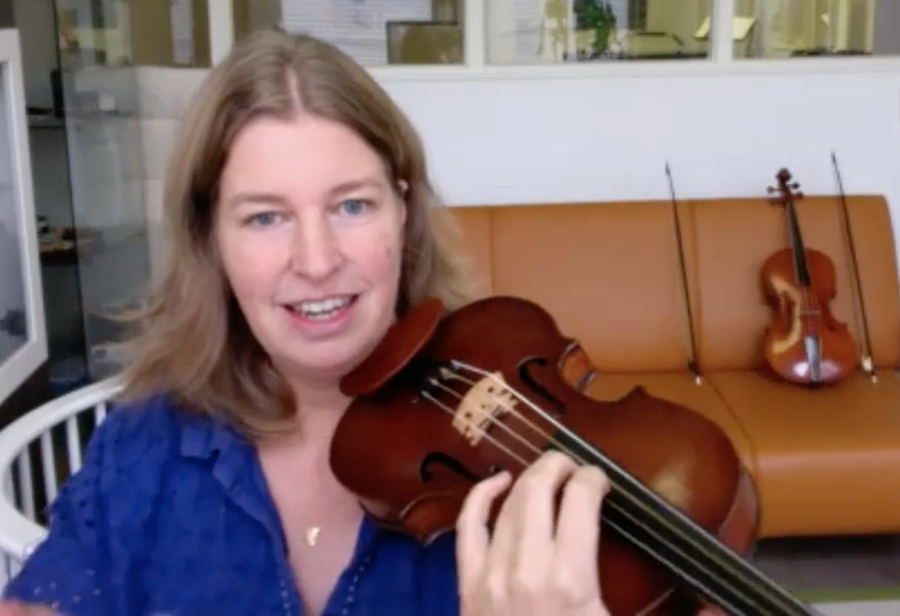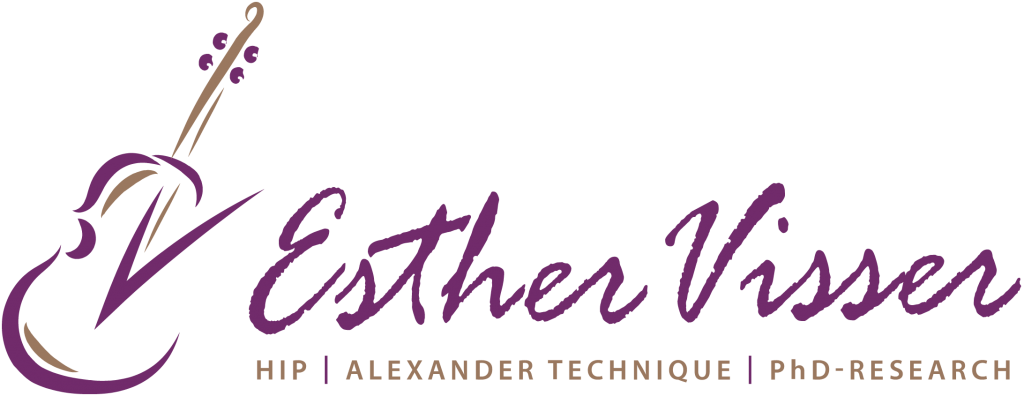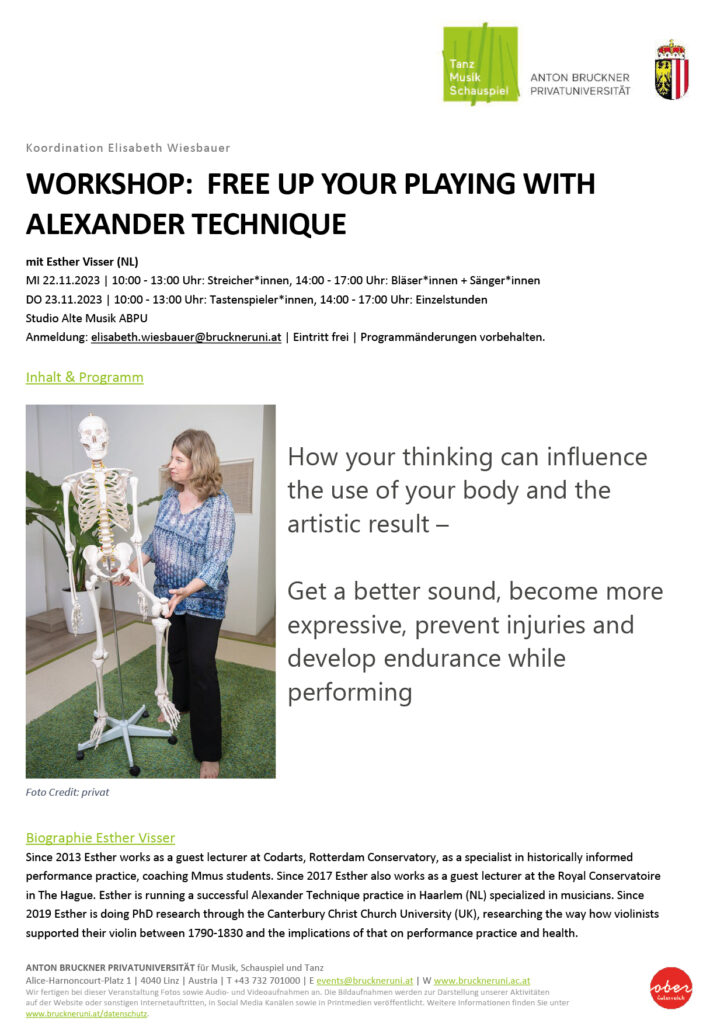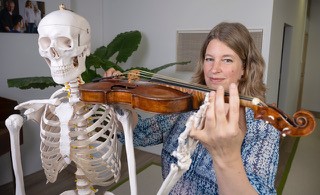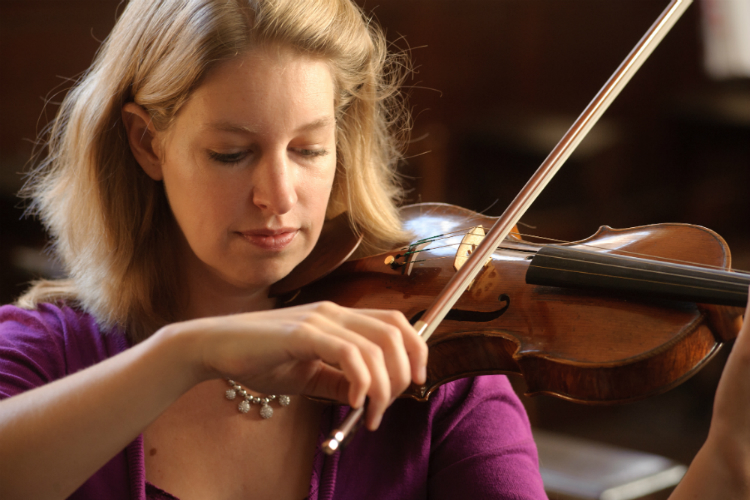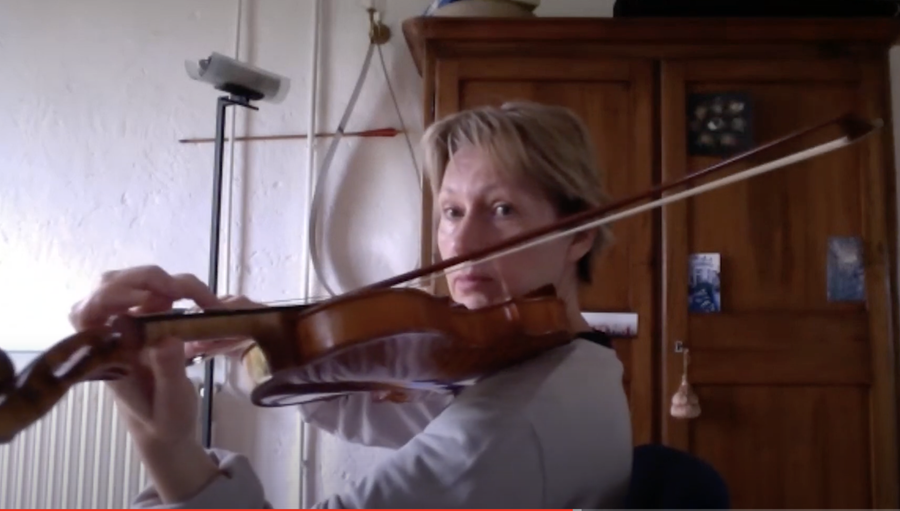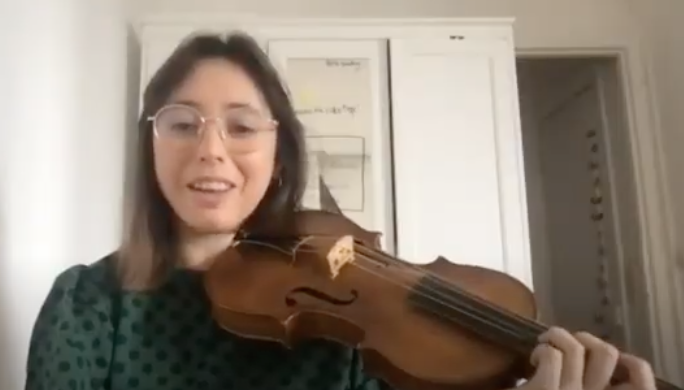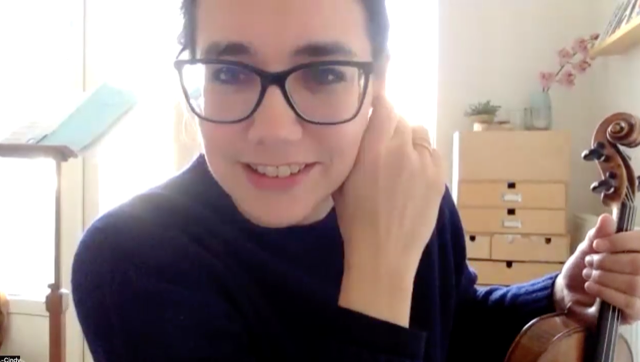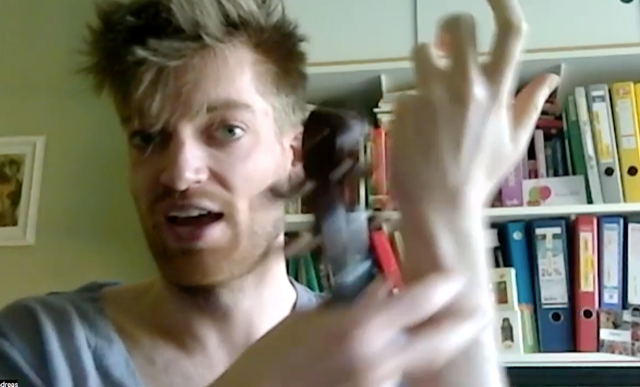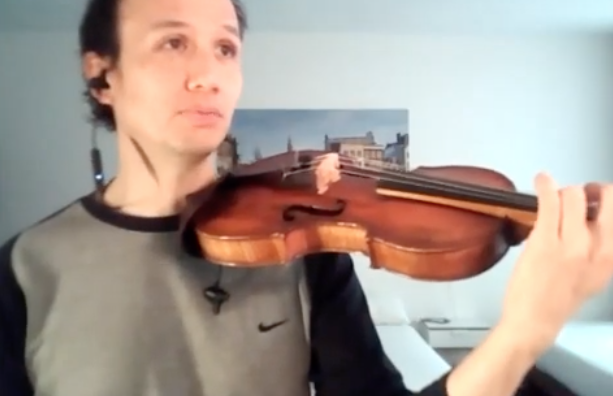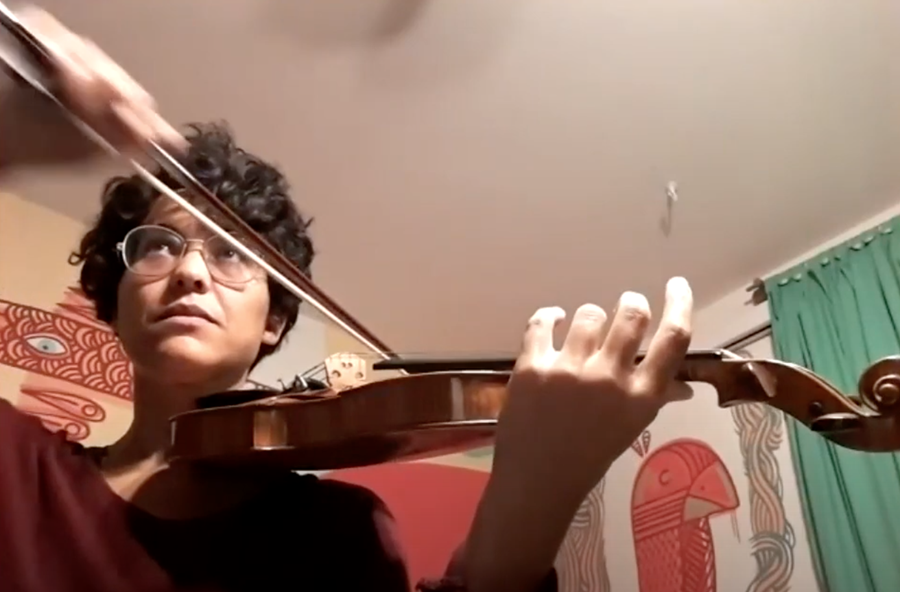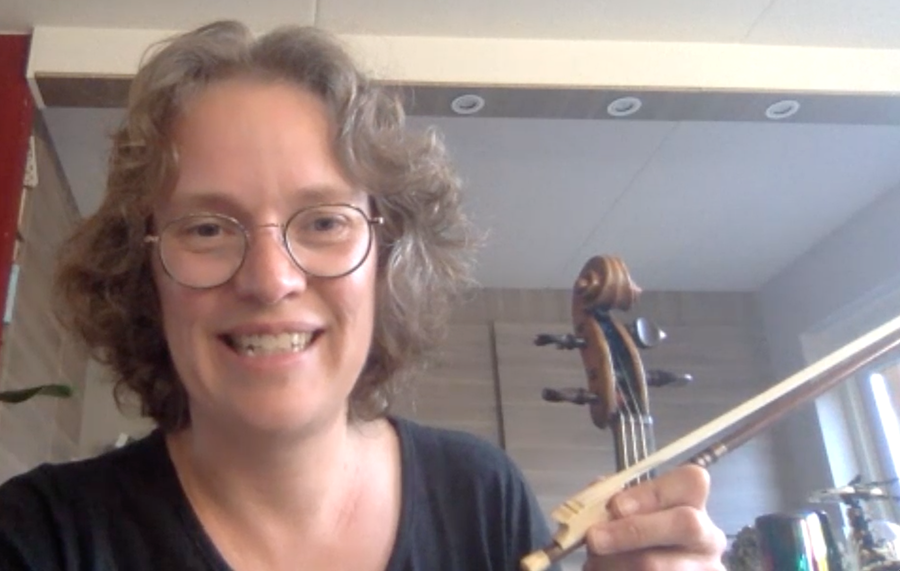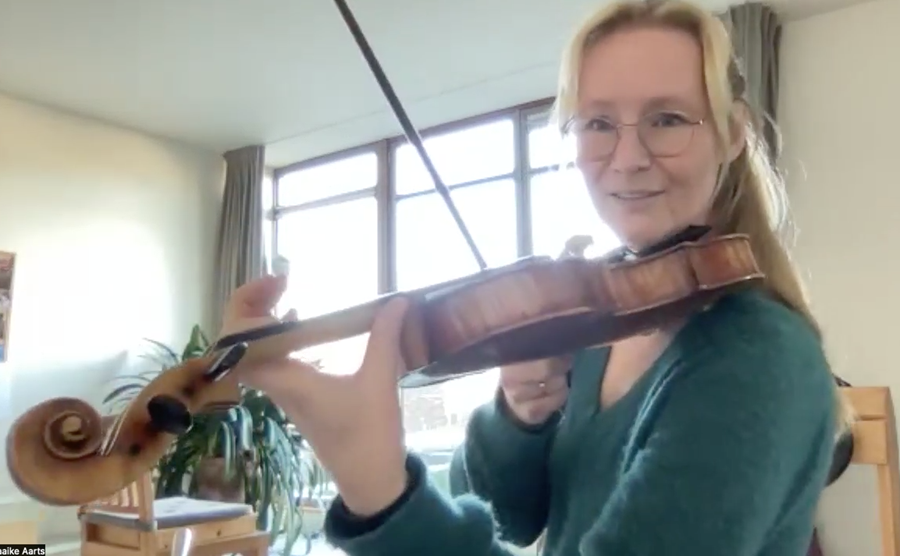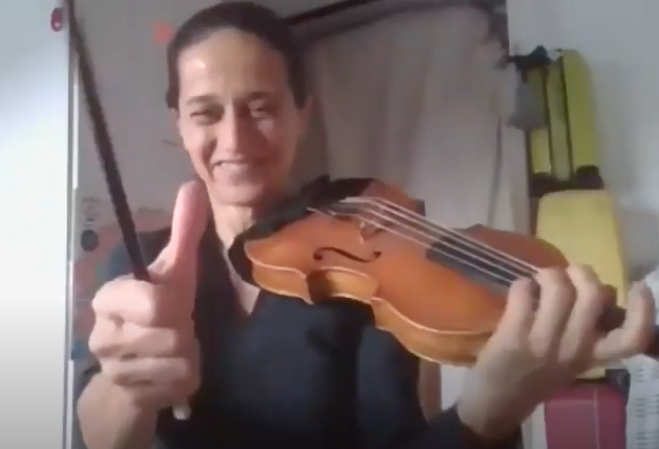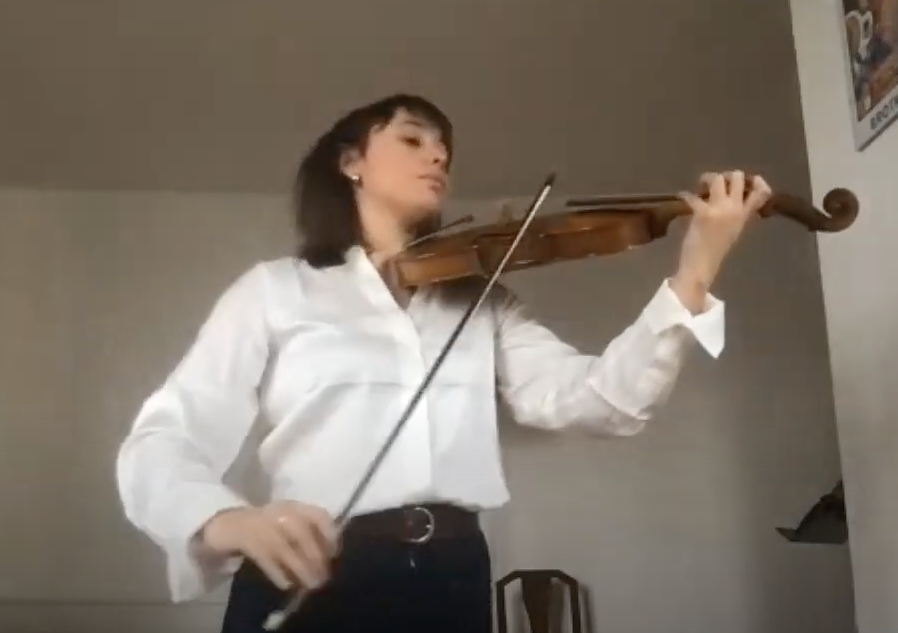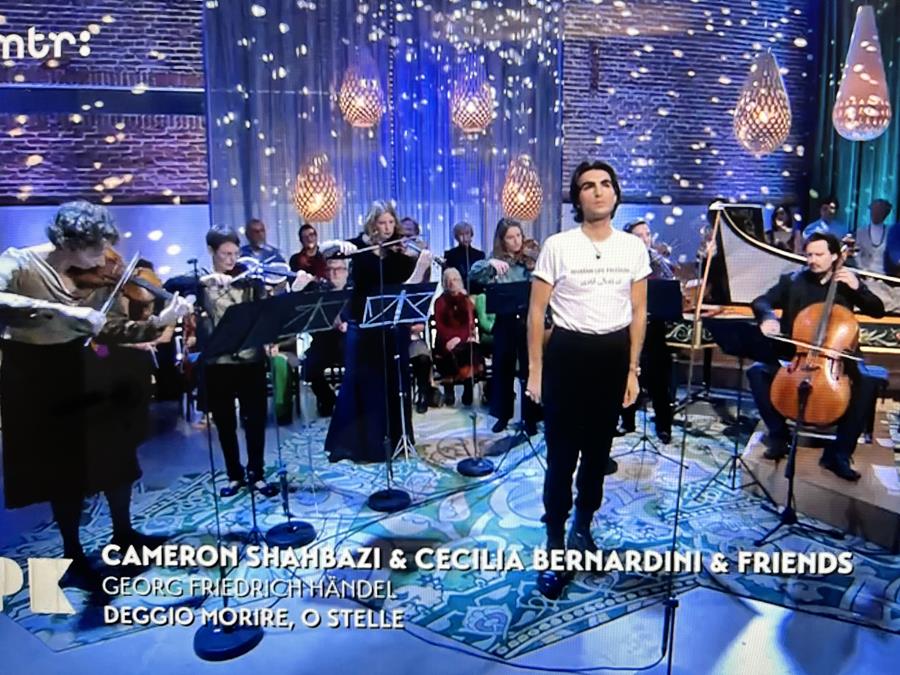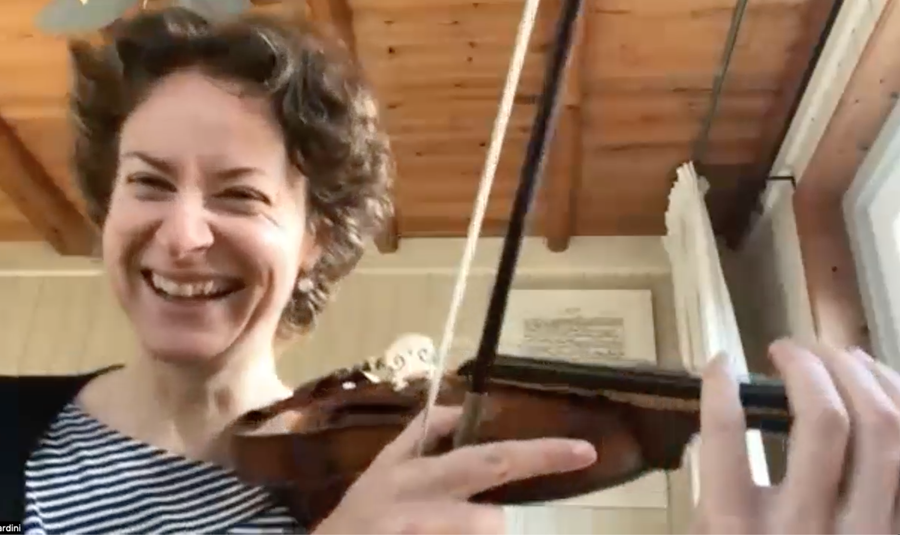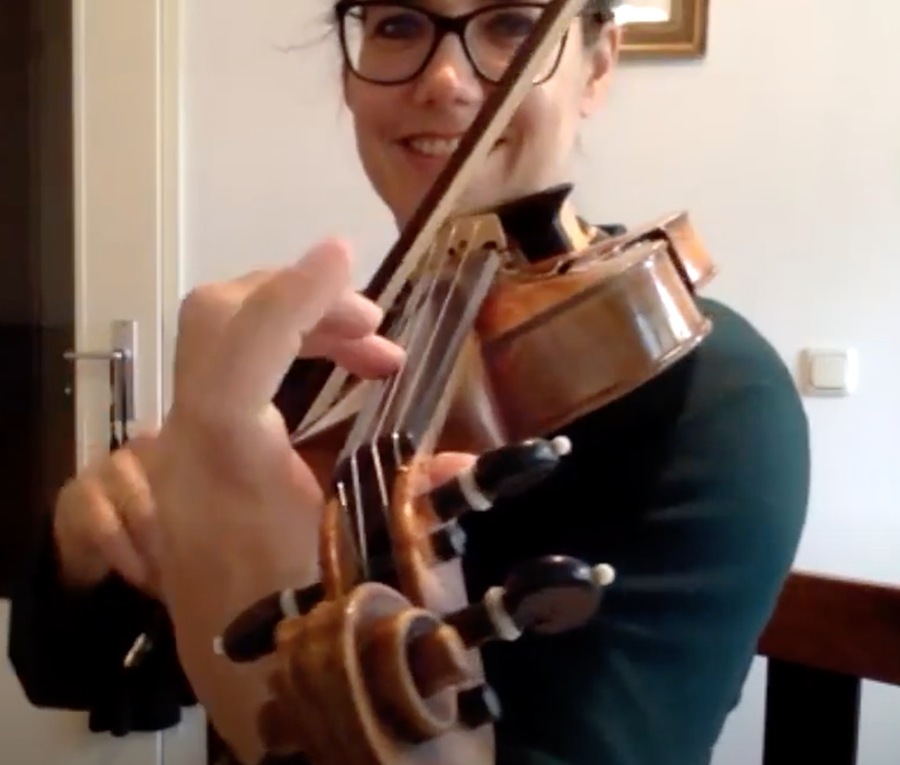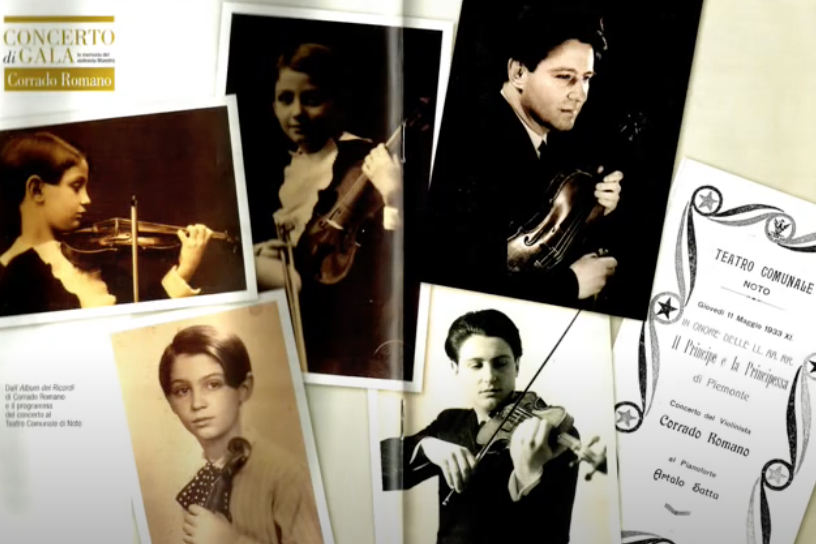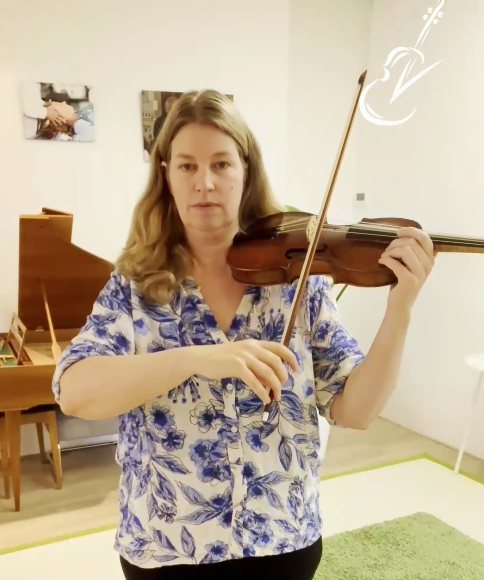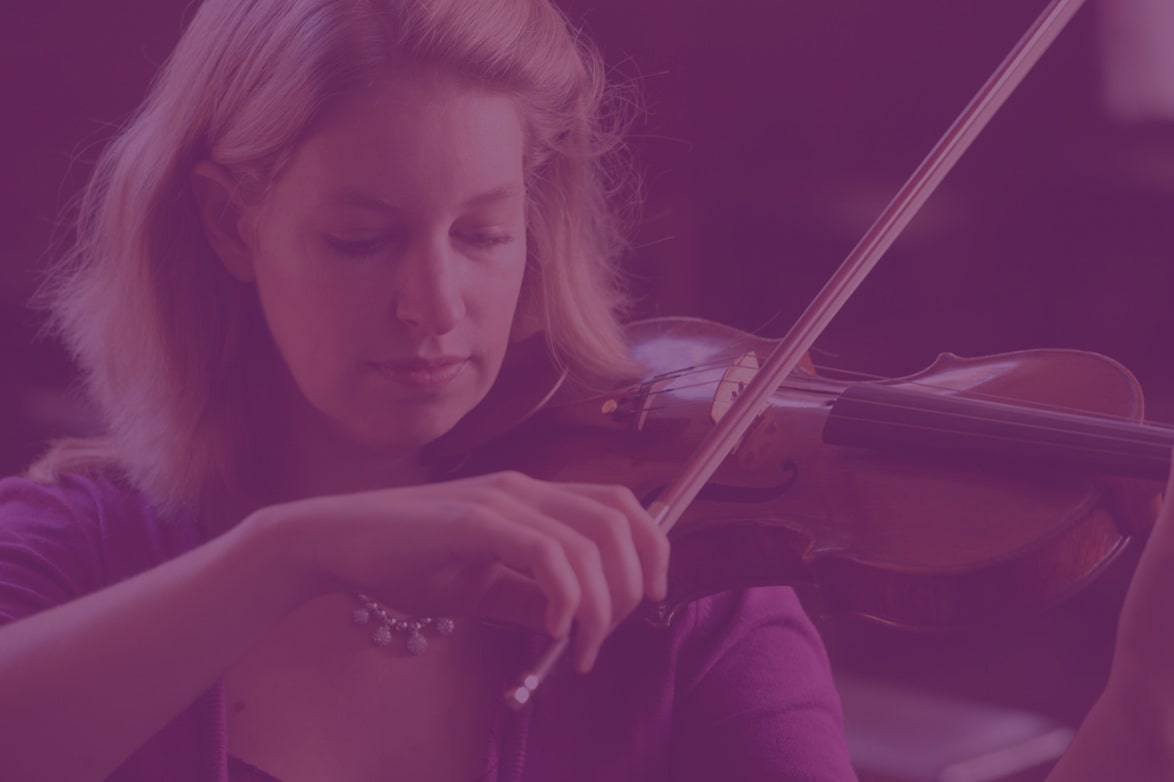
Research
Hi everyone,
The sixth week of my experiment on playing without a shoulder rest and / or chin rest is almost finished. Here are some updates and some feedback.
Thank you for sending me your videos, it’s really important for my research. Please keep doing it. We are at different stages, many people were having the half term holidays and got a little delay in the project because of that, going away with the kids etc. So, most people are in lesson 4 or 5 by now, that is completely fine. My newsletters will be a bit more general because of that.
Last week, some more new participants joined as well, welcome! Many people also filled out the entrance survey. Thanks. If you didn’t do it yet, please do so before you start the lessons.
If you know more people who like to join, this is still possible through my website. If you missed the newsletter last week, you can still read it here. There is a collection of past newsletters at my website available too.
Please be welcome to join the Zoom session next Wednesday 11.00 AM (Dutch time) if you want… Just to meet or to ask some questions. Would be nice to meet up. You can watch Zoom sessions back on the login page where the video lessons are, as well.
Important information for people participating in my experiment and performing Romantic repertoire in a hip way
I realized this week, after the Zoom session, that of course some participants are performing Brahms, Bruckner, etc on period instruments using a chin rest for this and play earlier repertoire (Beethoven and earlier) without using a chin rest. For this group of people I would like to invite you to participate in both my experiment groups: Playing without chin rest (for repertoire until early Romantic) and Playing without shoulder rest but with chin rest (for later Romantic repertoire).
Please send me an email if this is the case and I will send you the password for the other group as well. In this case, starting from lesson 5 you need to send me two videos per week with different styles of making position shifts. I think this will not be so hard (many things are the same) and could be very interesting. I am very happy if some people would like to do this! Thanks!
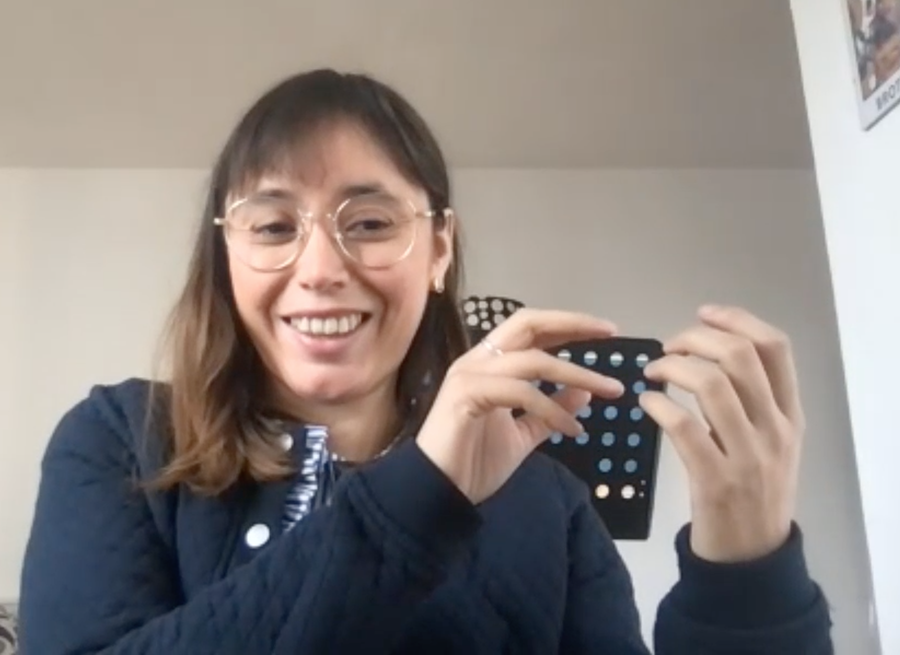
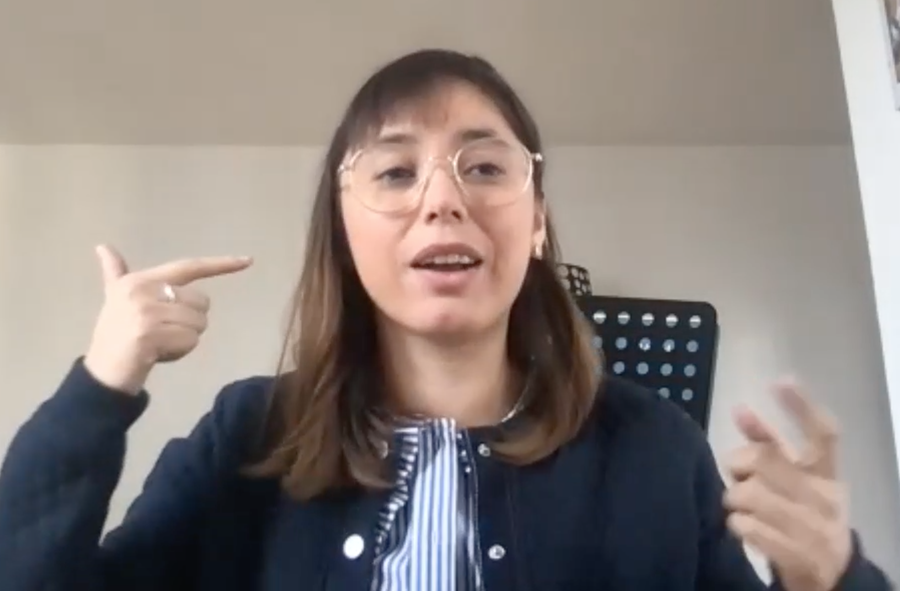
Sixth Zoom session
Last Wednesday, we had a sixth Zoom session with some participants of this experiment. It was lovely. If you want to watch it: I recorded the session and there is a link to it in the login page under the video lessons.
Here is a summary:
We had 6 people joining from France, Italy, UK, Switzerland and The Netherlands. For example a violinist who just started the experiment 2 weeks ago, Nadi Perez – Mayorga, originally from Chile. She is a hip violinist, lives in Paris after having studied with Midori in Weimar, and plays with orchestras like Anima Aeterna and Pygmalion.
She told us that she is changing a lot between Romantic setting (for which she is using another violin, with chin rest) and Classical setting. The change is quite huge and the rehearsals are long. She feels that her left side is more tired than her right side. She found out in our 1st lesson in the experiment that supporting the violin a bit less to the right (more to the centre) is already helping her a lot. Her wish in this experiment is to find a more free way to play that is less tiring for her left side of the body. Really nice that she joined us!

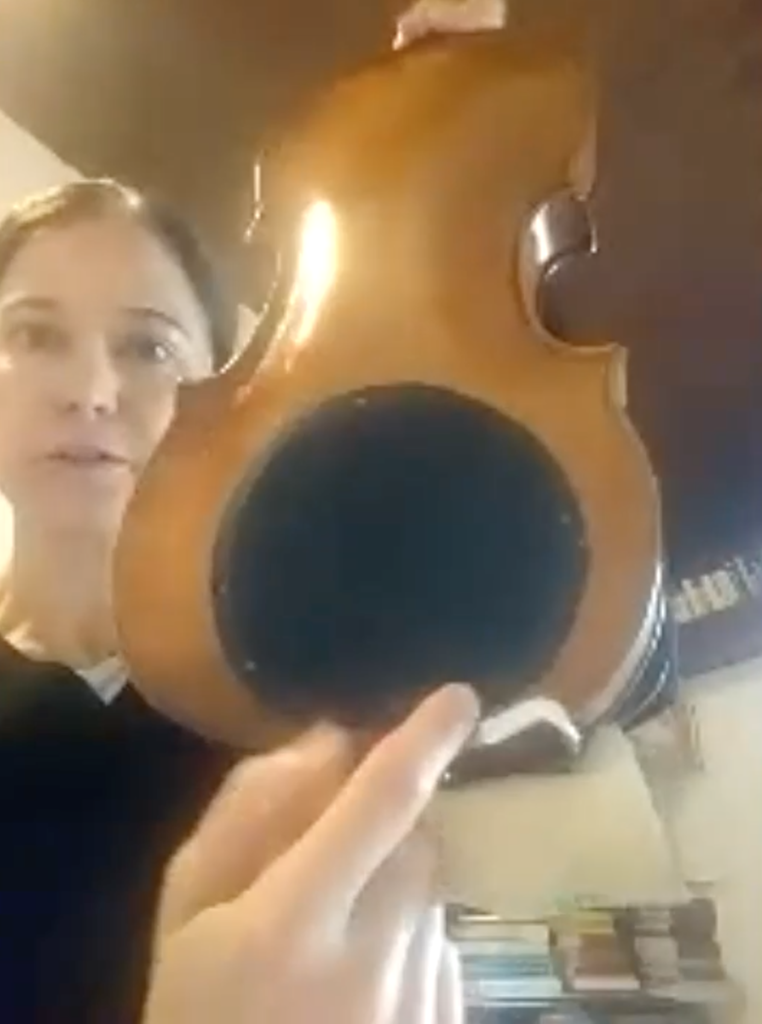


Ingrid van Dingstee from The Netherlands also joined again and told us the experiment is going fine for her. It was quite difficult in the beginning, because she had to change so many things, but now it already feels much better. Her muscles in the left arm feel a bit more tired because she is using different muscles than she did before, but it feels tired in a healthy way and we agreed that is a normal stage we need to go through. She had a good question: Ideally we like to support the violin on the naked skin, but what to do if you play in a cold church and you need to use warmer clothes that cover the collarbone? It feels more slippery.
I (Esther) do not have so much experience with this, because I always play with the violin on the skin, even in the winter, wearing for example a wide woolen black vest with enough space to reach the collarbone with my violin. I just like the direct contact the best. However, I do understand the problem and the other participants in the Zoom session offered nice advices. Nadi showed her piece of shammy leather with a whole in it, which she sometimes uses attaches to the violin when she is wearing warmer clothes in a cold church. Nicolette Moonen joined the session in the mean time and had the nice idea to go to a carpet shop and ask a piece of ‘anti-slip’ material they use under carpets. This is black, works very well, is very thin and works well in concert situations. Isabelle Briner from Switzerland showed us her Dolfinos pad, which is using a kind of technology such as geckos have in their feet, to stay attached to the violin. Apparently this is not harming the sound. She is only using a small part of it (like the first cm, only where it is touching the collarbone), this also is a nice idea when you play with warm clothes!
I would like to add that please use something as thin as possible, to be sure not t use it for support, but just anti-slip. When you master the balance of the violin nicely, you absolutely do not need any anti-slip or protection material when playing with the violin on naked skin, I think.


Isabelle shared with us that she feels kind of in ‘no mans land’ now… because her ‘old’ way of playing with using padding under the violin does really not feel good anymore, but she also does not master the new balance completely yet… and she is playing for example Beethoven 8th symphony this week.
We spoke also about the way we use the bow, because as Isabelle told us very rightly, is that we have to watch our bow changes very subtile and delicate. More subtile than when you have a shoulder rest, because if you do it with too much ‘power’, the violin will ‘wobble’. So what I (Esther) am slowly realizing that this experiment will also involves peoples bowing technique. We can be powerful and delicate at the same time. I will add some questions about this in the exit survey, asking if people experience a change in their bowing technique as well.
I advised Isabelle to keep using the adding for Beethoven 8 and take it away for the easier pieces and watch her bowing technique carefully. And She will give me feedback on this, how it works out, as it is very interesting for the experiment. Thanks so much, Isabelle!
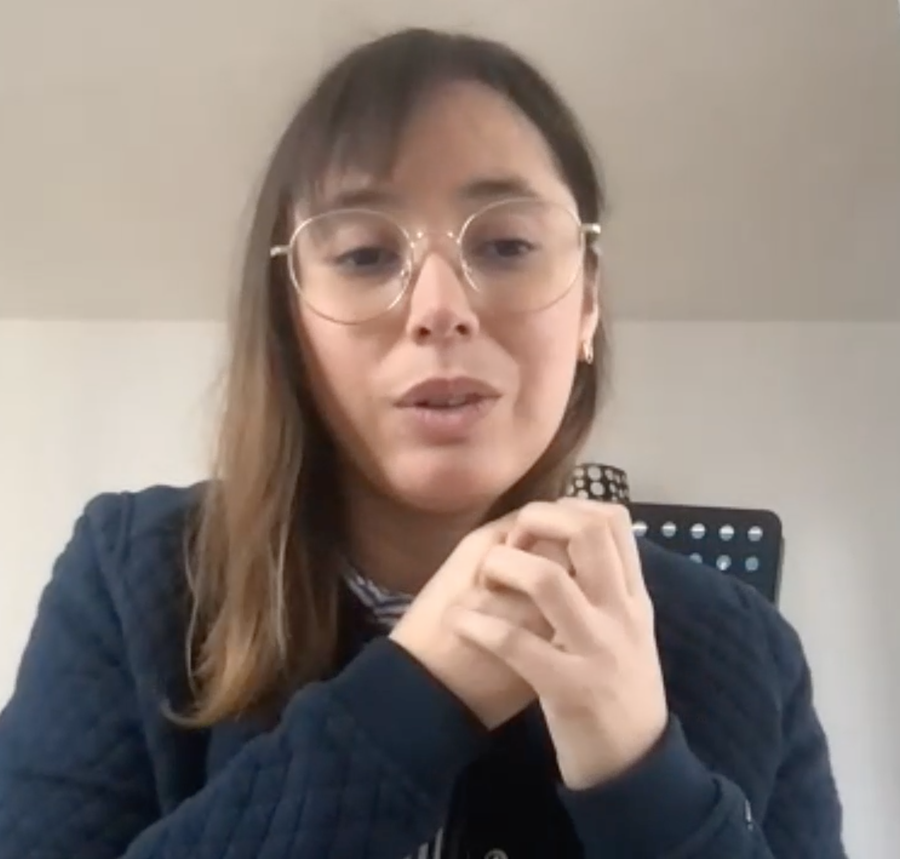
After that, we discussed with Nadi that I will give her the passwords for both experiments and she will join them both, for her Romantic repertoire. She told us, that she learned with Midori to use the side of the index finger as a support point when she studied baroque violin, but Nadi thinks (just like me) that supporting it with only the thumb feels more naturally and gives more flexibility. She feels that at a certain point there are any things you can not do. So for Nadi, this will be the challenge, just as for Nicolette, not to go back to this old ‘habit’. She managed to change it quite quickly already. Nadi lso told us that she found out that ‘she has a lot of muscles’, meaning that she uses different muscles than before, just like with Ingrid, and she experiences it as a positive thing. It was nice to hear!

Continuing on this subject, I told that when I changed myself from playing with shoulder rest to playing without shoulder rest, my hands were changing. When I supported my violin with a shoulder rest (until I was 28 years old), I sometimes compared my two hands in the mirror and I could see that the mouse of my left thumb was much thinner than the mouse of my right thumb, because of al the bowing and ‘not doing anything’ at the left side. After starting to play the baroque violin and changing my technique for the modern violin for some years, I again compared my hands in the mirror and to my surprise the two mouses were de same size. The whole left hand seemed much more ‘developed’ and stronger in a healthy way. So I really believe that developing the (right( muscles is a good idea and it might be that you feel that happening during this experiment.
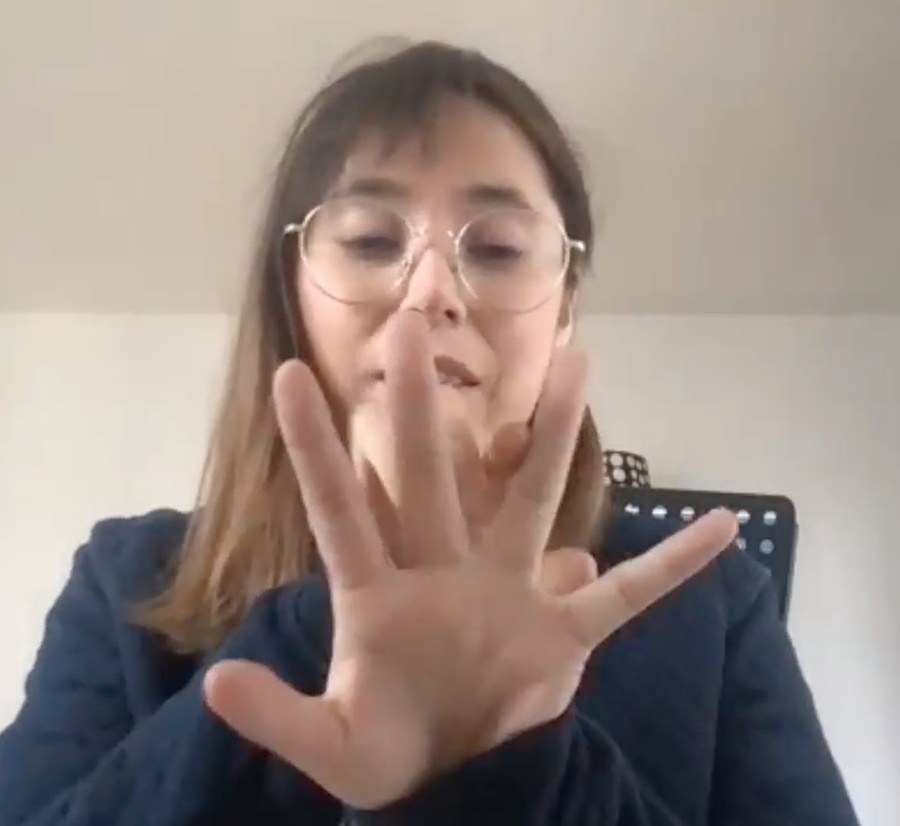
Nadi told us that she also experiences that she gained a lot of space and mobility between her fingers since she started to play in historical way. I also am getting some modern violinists in my Alexander practice whose teacher tell them that their hands are too ‘small’ or their pinky is too ‘short’, but when I see their technique they don’t use the right muscles, so it’s logical. I really think that even with small hands and a short pinky you can reach big distances on a violin (or viola!) if you use the body in an intelligent and relaxed way.
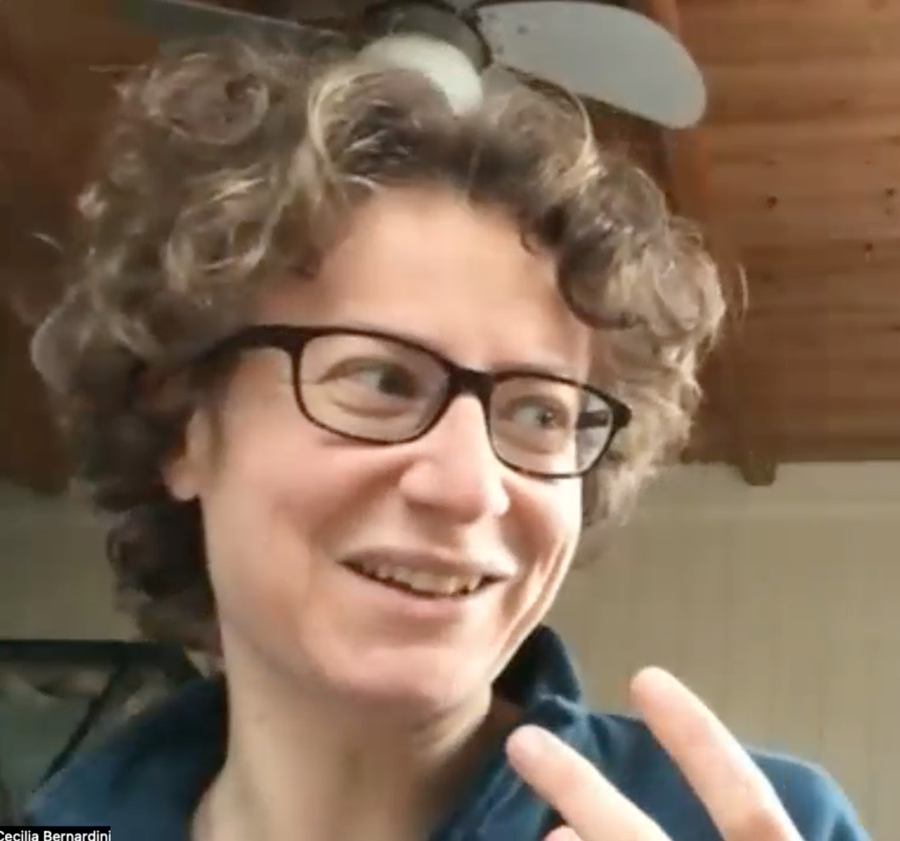
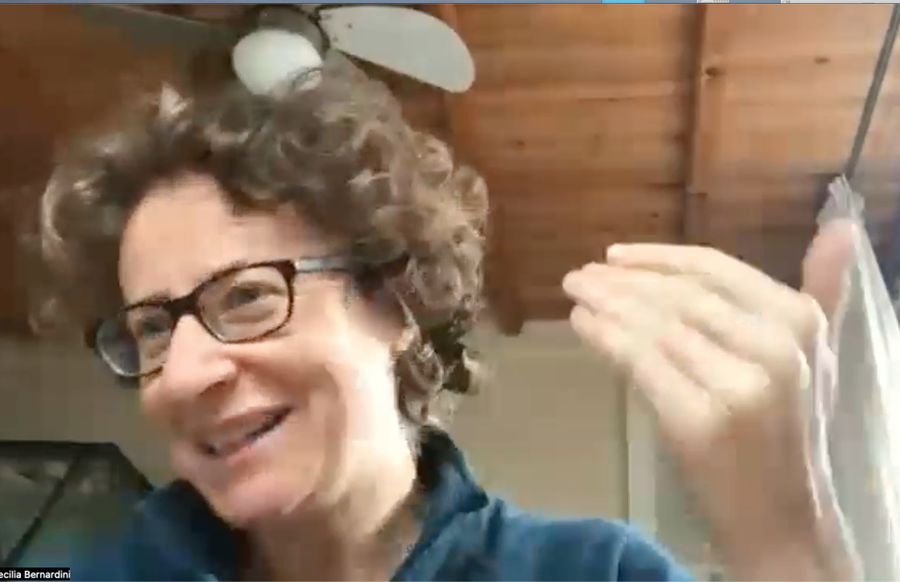
Then Cecilia Bernardini also joined the conversation and told us what she finds so nice and useful about this experiment, is that she is finding a whole new kind of awareness of her habits and mind/body. Even when she is practicing ‘normally’, she has different type of awareness now, which she finds really stimulating and interesting. At the same time, the practicing goes slower because of that, it feels a bit more thorough, everything. It’s a good feeling, but also more difficult. By the exercises, everything is on loose grounds again. Suddenly there are many possibilities. This awareness makes it in a way impossible to go back to her old ‘comfort zone’ way of playing, she tells us. She finds it fascinating and good, as sometimes we just keep preparing the next thing and do tings how we always do, but this is very refreshing for her and feels like doing everything with a kind of mirror in front of yourself.
So that is exactly the same as Isabelle was mentioning earlier, not wanting to go back but also not mastering the new way yet. I (Esther) think this is defining very much the moment we are in now, in this experiment, and probably more people feel like this.
The awareness Cecilia speaks about is the same awarenesss Nicolette and I discussed about in one of the earlier Zoom sessions, which helps to practice much more effective.
Cecilia also shares with us that she thinks the word ‘trust’ is very important here. For example, after her first video I suggested that she could support her violin a bit lower on the collarbone. When she really explored it and practiced it, she found after a while that she could really trust it and then it worked. It’s a matter of just doing it, practicing and playing around a little bit. That was so good to hear for me, thanks Cecilia!
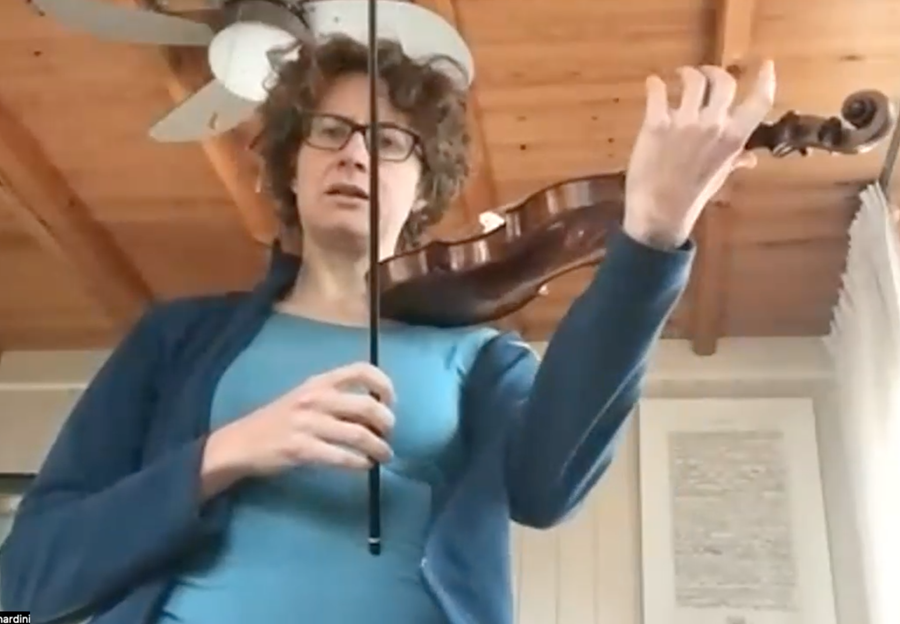
We then worked together with Silvia Tarozzi from Italy on the glissandi. I saw that when she was sliding down, she was a bit too close to the violin with her side of the index finger. When she gave it more space, it went much easier. But for everyone this can be a bit different, as we discussed then with Nicolette Moonen. The most important is that it is not squeezing.
We also spoke about going down first with the thumb or with the fingers, and the technique of Ferdinand David, but it goes too far to write it all here… I will come back to it in the next newsletters.
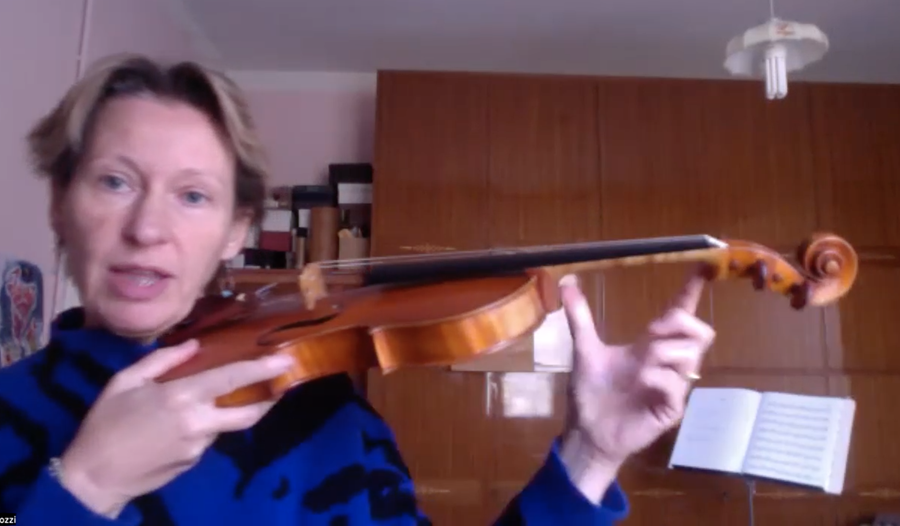
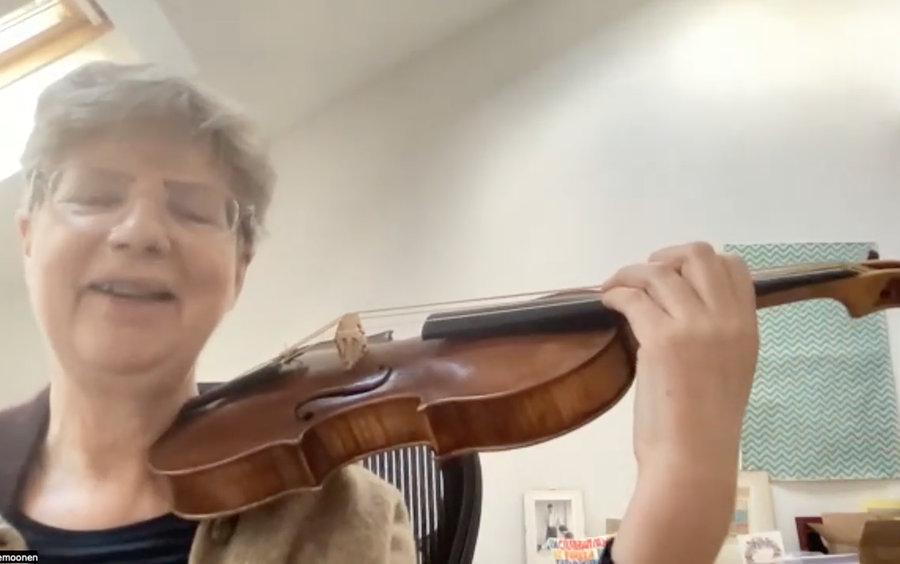
Some encouraging remarks for lesson 7
In this lesson we will start using vibrato while maintaining the nice balance we now established. And I could not resist to also suggest some things about when to apply vibrato and when not (sorry, it’s my hip background)… If you like, please read an article about Vibrato in the Romantic era I wrote for the Mmus students in informed performance practice at Codarts Conservatory, a few years ago. It belongs to this lesson.
I am really looking forward to receive the videos. It will be a nice basis for experimenting with double stops in the weeks after this.

Please take your time
It is important that everyone in this experiment enjoys the curiosity we have, and take part in a joyful and playful way. In that way, we learn the best. Don’t try too much to ‘do it right’…and don’t hurry. If you need more time, just let me know, keep me informed, and we take a bit longer. No problem!
Best regards, please let me know if you have questions,
Esther Visser
